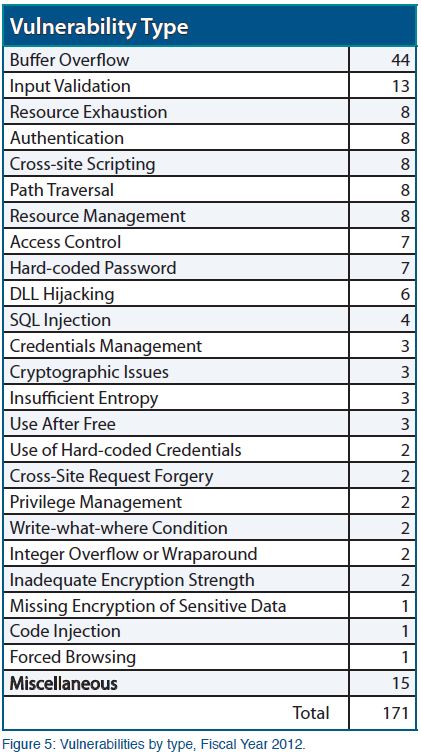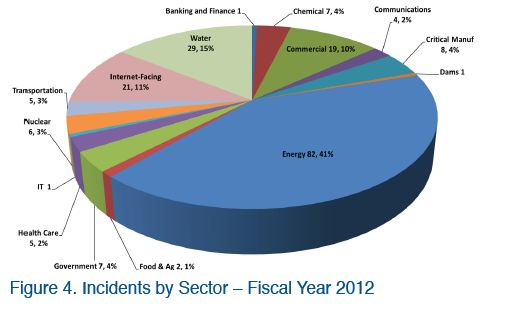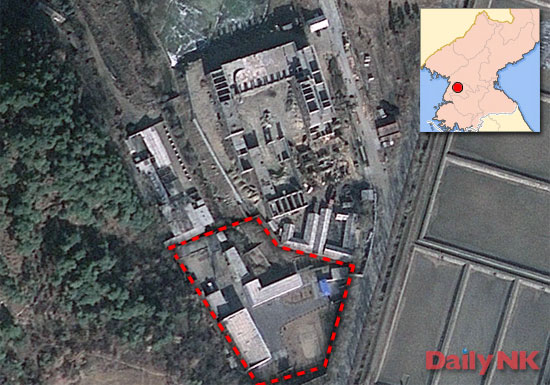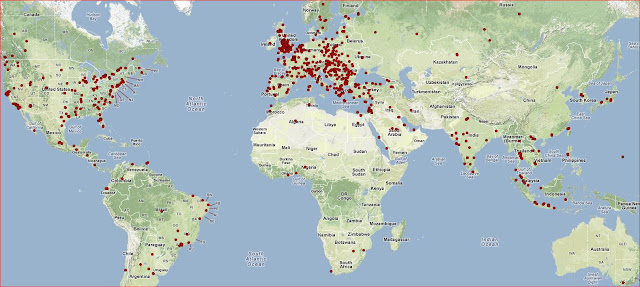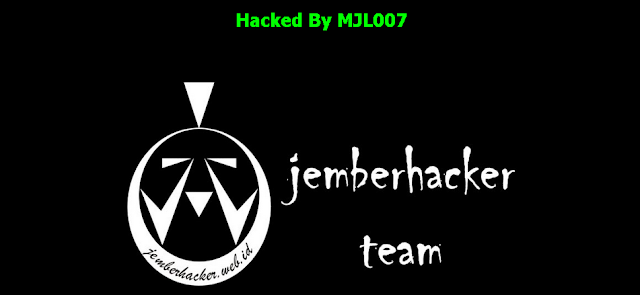
Malware is a portmanteau, a run combining "malicious" and "software" to define a type of program that will swipe information from or cause damage to a computer. It includes such things as spyware and adware programs, including pop-ups and even tracking cookies, which are used to monitor users' surfing habits without consent. It also includes more menacing hazards, such as keyloggers, Trojan horses, worms, and viruses. In much simpler terms, it is any software that is intended by the developer to result in harm or exploit people's computers or personal records without permission.
The term "What is Malware is getting alot of searches.
The Menace Posed by Malicious software
The danger posed by malicious software has expanded roughly in parallel with the quantity of consumers using the Internet around the world. The earliest well-known examples of malicious software, which appeared during the early to mid-1990s, were mainly the result of experimentation and pranks by curious developers trying to improve their skills. Many of these caused little if any actual harm, and simply resulted in uncommanded behavior such as displaying a humorous picture on the victim's computer screen. This gradually gave way to efforts to exploit contaminated computer systems for annoying but relatively mundane purposes, such as circulating spam email and other varieties of advertising.
As Web use grew to become more prevalent, however, a new term was coined: cyber crime. Individuals with bad motives quickly realized the potential for using these same tools for stealing, extortion, and carrying out various political agendas. Other perpetrators have used dedicated computer software to target specific victims; this would include so-called "denial of service attacks" against large companies or government agencies, along with applications designed foridentity theft. To make matters more confusing, it is widely believed that the governments of many countries have either experimented with or have directly taken advantage of malware to conduct attacks against rival groups or nations, as well as for intelligence gathering; experts commonly refer to this as electronic warfare.
Types of Malicious software
Though new types of dangerous computer software are constantly under development, these software programs generally fall into a few extensive categories. Viruses are perhaps the best-known category, and consist of harmful programs designed to "infect" legitimate software. Once an individual installs and runs the infected program, the malware triggers and distributes itself to additional applications installed on the computer before having to take further action such as deleting critical files within the operating system. Similarly, "worms" are self-contained software programs that are able to relay themselves across a network directly. Both varieties of malware can cause significant damage by eating up essential system resources, which may cause the victimized computer to stop or crash. Viruses and worms commonly exploit shared files and databases like email address books to spread to additional computers.
Less visible but equally insidious threats include keyloggers, software programs that document every keystroke the user makes and then forward that important information to whomever set up the program to begin with. This makes it possible to steal information such as passwords, bank account numbers, and credit card numbers. A Trojan horse is a malicious program cloaked within another piece of software that appears to be legitimate. Once installed, though, the Trojan will deploy a "backdoor" through which to retrieve private data and move it to an additional computer. Hackers commonly employ these styles of malware for perpetrating identity theft.
Countering the Threat
Anti-virus programs are good protection when kept up to date. Some of these products can even scan email for any type of malicious or suspicious code, and alert the user to its presence, even if it is not currently recognized. Frequently, however, they miss certain types of threats, such as Trojans and spyware, so it is a good idea to run at least one anti-adwareprogram in conjunction with anti-virus. Using a firewall is also helpful because, while it won't keep malware out, it can keep such programs from accessing the Internet and delivering personal information to the intended target.
No single product can guarantee to protect a computer from all of these malicious programs. Developers on both sides are locked in a constant battle to get ahead of the other. Ultimately, the user is the last line of defense by being cautious about opening emails from unknown sources, and steering away from disreputable websites.





